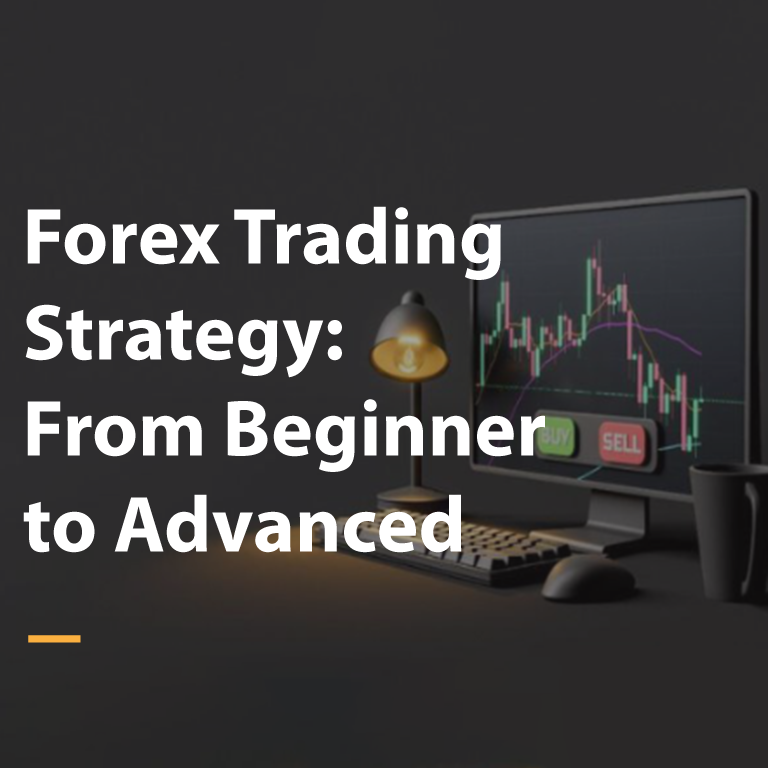Contents
In the vast and dynamic world of forex trading, having a well-defined strategy is paramount for success. A forex trading strategy serves as a roadmap, guiding traders on when to buy or sell currency pairs based on various analyses and indicators. This article delves deep into understanding, creating, and managing effective forex trading strategies, ensuring traders are equipped with the knowledge to navigate this lucrative market with confidence and precision.
Understanding Forex Trading Strategy
A forex trading strategy is essentially a set of rules and techniques employed by traders to make informed decisions in the forex market. These strategies can be built upon technical analysis, fundamental analysis, or a combination of both. Whether manual or automated, these strategies aim to generate profitable trading signals, enabling traders to capitalize on market fluctuations and trends.
Key Components of a Forex Trading Strategy
- Market Selection: Traders must carefully select the currency pairs they wish to trade and develop expertise in analyzing them effectively.
- Position Sizing: Determining the appropriate size of each position is crucial for managing risk and maximizing returns.
- Entry Points: Establishing clear rules for entering long or short positions based on indicators, patterns, or other criteria.
- Exit Points: Defining exit strategies to lock in profits or cut losses efficiently.
- Trading Tactics: Implementing sound techniques for executing trades, including the use of advanced technologies and tools.
Creating an Effective Trading Strategy
Building a successful forex trading strategy requires careful planning and testing. Traders often start with a simple strategy and gradually refine it over time. This iterative process may involve incorporating additional indicators, adjusting risk parameters, or optimizing entry and exit rules. It is essential to backtest the strategy thoroughly and paper-trade it to ensure its effectiveness before committing real capital.
When to Adapt Strategies
While a well-designed strategy can yield consistent profits, market conditions are ever-evolving, necessitating occasional adjustments. Traders should monitor the performance of their strategies closely and be prepared to adapt if they encounter diminishing returns or changing market dynamics. Factors such as risk management, market trends, and comprehension of the strategy’s underlying principles should be considered when evaluating the need for change.
Example of a Basic Forex Trading Strategy
A straightforward yet effective forex trading strategy revolves around relative interest rate differentials between currencies. By anticipating changes in interest rates and their impact on exchange rates, traders can capitalize on currency appreciation or depreciation. For instance, a trader might exploit the interest rate differential between the US dollar and the Australian dollar to profit from fluctuations in the AUD/USD exchange rate.
Conclusion
Mastering the art of forex trading strategy is essential for achieving sustained success in the forex market. By understanding the key components, creating robust strategies, and remaining adaptable to changing market conditions, traders can navigate this complex landscape with confidence and precision. Whether utilizing manual techniques or automated systems, the foundation of a successful strategy lies in thorough analysis, disciplined execution, and continuous refinement. With diligence and perseverance, traders can unlock the full potential of forex trading and achieve their financial goals.








